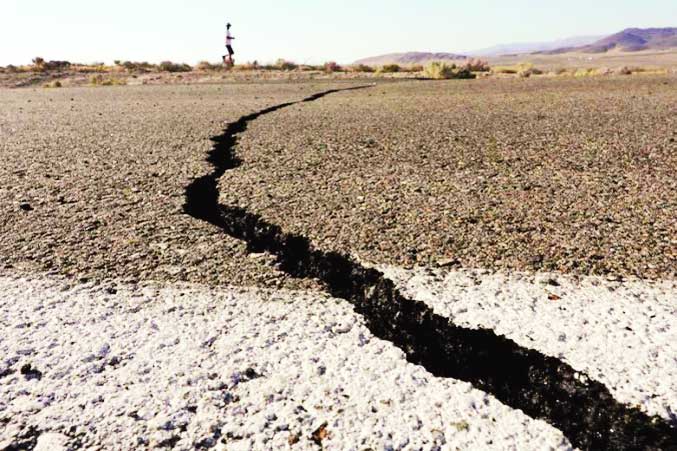Repeated tremors felt in Delhi must propel Governments to get their acts together and make the capital disaster-proof
As a 6.1 magnitude temblor shook the Hindukush region of Afghanistan and Pakistan on December 20, people in Delhi-NCR, too, felt the foreshocks and aftershocks. Though the tremors caused no damage, within seconds, it raised concerns about the resilience of the capital, which, too, is prone to severe seismic threats. Delhiites indeed have plenty of reason to worry about as the capital is most susceptible to several fault lines given its geographical location and could bear the cascading brunt of a predicted big earthquake in the Himalayas. It falls in the high risk seismic zone IV region and is close to the Mahendragarh, Moradabad, Delhi-Haridwar and the Sohna fault line, which are easily subject to seismic disturbances. The density of its population, high-rise buildings, especially in the NCR areas, and the growth of illegal colonies in violation of safety norms have worsened matters. The Municipal Corporation of Delhi (MCD) has itself acknowledged that around 90 per cent of the buildings in Delhi are at a risk of collapse during a strong earthquake. Despite the associated risks, both the Centre and the State Government have adopted a carefree attitude and have done little to make the city quake-proof. This despite repeated court reminders to get their acts together and make the buildings earthquake resilient. Several court orders issued in 2015, 2016 and 2019 have called upon the Government and the concerned authorities to prepare an action plan and make the buildings compliant with the requirements of the National Building Code 2005. Though the Delhi Government claims to be prepared with an action plan, the file is shuttling between the law department and Government departments and is waiting for approval on clarifications.
The less said about the task at hand the better. Though on paper, the Government plans to make 32 lakh buildings earthquake-safe, it falls short of the required strength of trained engineers who could do their job without taking recourse to bribes. This poor level of disaster preparedness is shocking and symbolic of apathy of the powers that be. Our disaster preparedness can well be compared to our attitude towards traffic safety norms. We know that not wearing a helmet or driving without a seat belt can be lethal. But the chalta hai attitude refuses to shed its weight around.
(Courtesy: The Pioneer)








 OpinionExpress.In
OpinionExpress.In















Comments (0)